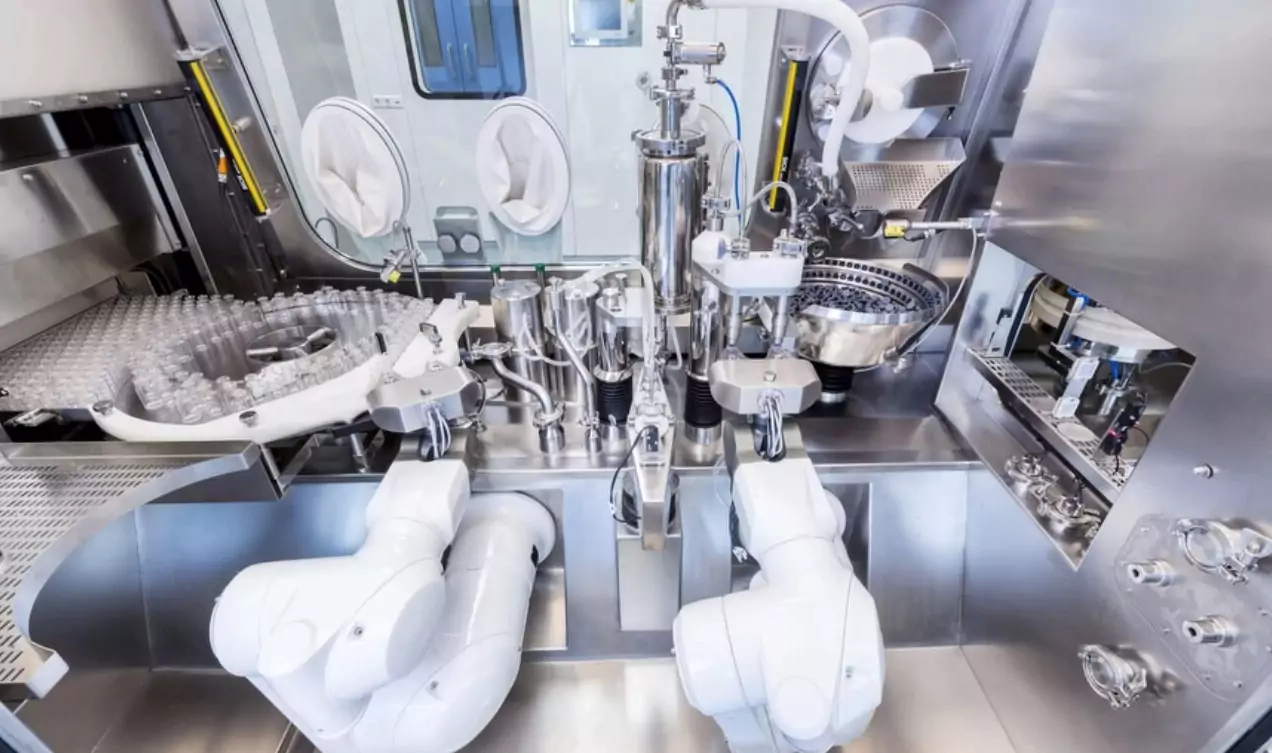
This guide gives you a brief overview of aseptic technology back then and how it has transformed in the modern era. The pharmaceutical industry has several visionaries who are dedicated to the success of the sector. These visionaries have forced the growth and evolution of aseptic technology by far.
Steriline is one company that specializes in the production of injectable products by aseptic processing for pharmaceutical purposes. Based in Italy, the company supplies pharmaceutical products to companies all over the world. Currently, the firm provides to more than 50 countries. Steriline’s primary aim to become the world leader in processing aseptic and supplying to the pharmaceutical industry.
HV AC and Bioburden
In the 1970s, if you would carefully examine the aseptic facilities, you would notice a complex work-centered layout from an architectural point of view. It did not have unidirectional flow patterns. The design also had standard subdivision rooms for products, interior wash stations, and no separation of dirty and clean corridors.
You would wonder how this would make cross-contamination and the bioburden controllable together with the HVAC HEPA return and supply orientation. You would also wonder how the environmental monitoring results turned out good.
In the 1970s
- The classified interior was cleaned daily with a disinfectant solution. These included the walls, floors, and ceilings. The area was then gassed using aspirated formaldehyde. Facilities that practiced this kind of decontamination did not have any severe issues with bioburden. All this required another set of personnel to ensure the tedious job was done meticulously.
- Air Handling Unit systems back then were large-scale drive units. These units served several rooms in the aseptic complex with several air dampers that maintained the required pressure. These pressure differentials were set so as to safeguard the interior spaces. Smoke sticks were used to check the pressure differentials and the daily airflow directions. The results were then manually indicated.
- Nowadays, AHU drives are much smaller and more efficient variable frequency drive motors. The drives are separated such that they can control only some individual rooms. This modern VFD does not consume much power like the ancient one. It also has several AHU drives, with each maintaining a part of the suite. That means there is a reduced risk if one AHU fails; the whole operation does not shut down since they are many.
- Modern control systems – these process control systems have 100-millisecond data sampling, alarm annunciation, differential pressure control, 3D monitoring systems, and interior status lights. These systems have greatly improved the performance and reliability of the HVAC systems. They have brought down any potential risks of HVAC failure and any other catastrophic consequences it may bring along. The modern systems have replaced those ancient daily smoke sticks making the system have higher compliance.
Water For Injection
Water for injection has always been constant in the aseptic processing for many years. This water ought to be flowing and hot all the time. It has to be in a vessel with no dead legs. Significant changes observed have been in the testing, generation systems, and the volume of use.
- In the 1970s, WFI generation was through various methods, from boiling filtered and treated water. What has changed now is where the generation takes place and the method used.
- In the 1970s, the fastest way to create the WFI was condensing plant steam in a heat exchanger. The water was used for compounding and formulation since it was injected into the process vessel. After that, compounding started immediately. This system had one weakness, however. The generation source had boiler feed water elements, which were meant to reduce corrosion. The pressure was also lower in the condenser than the water used for cooling.
Steriline Today
The company has evolved since its formation to a world-class manufacturer of quality pharmaceutical products. Among the efficient products the company produces is the external decontamination machine.
The machine is used for processing cartridges, vials, and ampoules. External decontamination machine has several advantages: reduced water consumption, reduced footprint, available inactivation agent station, and water recycling ability. The machine can be dried with sterile compressed air and has a negative pressure RABS. It is very efficient as Steriline only produces high-quality machines.
Robotics on Steriline
Steriline is never short of surprises. Find robotic machines in their store that will make your work easier. The company has several smart, automated devices, including a robotic vial filling machine, robotic vial capping machine, automatic tray loader, robotic nest filling machine, and robotic tub decontamination.
Most of these machines have a manual or semi-automatic de-bagger station. The robotic nest filling machine has automatic tub handling which means a compatible STAUBLI robot can do the liner removal and the lid. The device also has an electronic adjustment and quick changeover. You can easily adjust all the parameters for several container sizes.
The guide covers the differences in the aseptic processing methods and procedures back then and how it is done now. Steriline, as an aseptic processing company, has several high-quality products for the pharmaceutical industry. They are the leading manufacturers of high-end machines such as filling machines and capping machines.